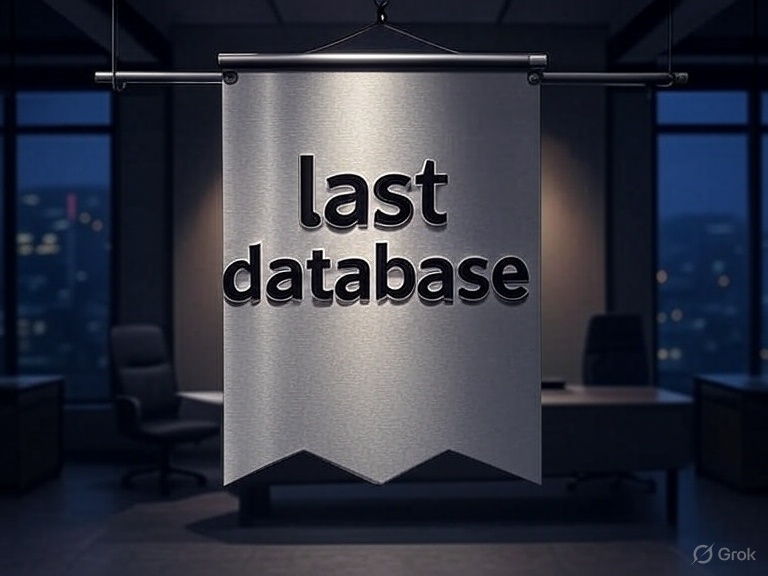In today’s data-driven world, a robust and efficient database is the silent workhorse behind almost every successful business. From managing customer information and inventory to powering complex analytics and e-commerce platforms, databases are the bedrock of digital operations. But with a myriad of options available – from traditional (e.g., OptinMonster, Unbounce, last database Typeform) for creating pop-ups, landing pages, and forms. relational databases to the ever-growing family of NoSQL solutions and cloud-based services – how do you choose the right one?
Buying a database isn’t like buying off-the-shelf software; it’s a strategic investment that impacts your entire IT infrastructure and business capabilities. This guide will walk you through the essential considerations to ensure you make an informed decision that aligns with your present needs and future growth.
Understanding Your Data: The Foundation of Your Choice
Before you even begin looking at vendors or technologies, the most the decision process: a structured approach crucial step is to deeply understand your data. This is the foundation upon which your entire database selection process should rest.

What Kind of Data Are You Storing?
The nature of your data is paramount. Are you primarily dealing with structured, tabular data (like customer records, financial transactions, or product catalogs)? Or is your data more flexible, semi-structured (JSON documents, XML), or even unstructured (images, videos, social media posts)?
- Structured Data: Typically fits well into rows and columns with predefined schemas. Relational databases (RDBMS) like MySQL, PostgreSQL, Oracle, and SQL Server excel here. They enforce data integrity and are great fax marketing for complex queries and transactions.
- Semi-Structured/Unstructured Data: This is where NoSQL databases shine. They offer flexible schemas, allowing you to store diverse data types without strict pre-definition. Examples include:
- Document Databases (e.g., MongoDB, Couchbase): Ideal for storing data as JSON-like documents, perfect for content management systems, user profiles, and e-commerce.
- Key-Value Stores (e.g., Redis, DynamoDB): Simple, high-performance for caching, session management, and simple data retrieval.
- Column-Family Stores (e.g., Cassandra, HBase): Designed for massive datasets with high write throughput, often used in big data analytics and IoT.
- Graph Databases (e.g., Neo4j, Amazon Neptune): Excellent for representing and querying highly interconnected data, such as social networks, recommendation engines, and fraud detection.
Consider the “Big Data” characteristics of your information:
- Volume: How much data do you have now, and how much do you anticipate having in the future? This dictates storage requirements and scalability needs.
- Velocity: How fast is your data being generated and how quickly do you need to process it (e.g., real-time analytics vs. batch processing)?
- Variety: As discussed above, the different forms and types of data you handle.
Key Technical and Operational Considerations
Once you have a clear picture of your data, you can start evaluating databases based on critical technical and operational criteria.
Performance and Scalability
- Read/Write Throughput & Latency: How many operations per second does your application need to perform? What are the acceptable response times for queries? Benchmarking with your actual workloads is highly recommended.
